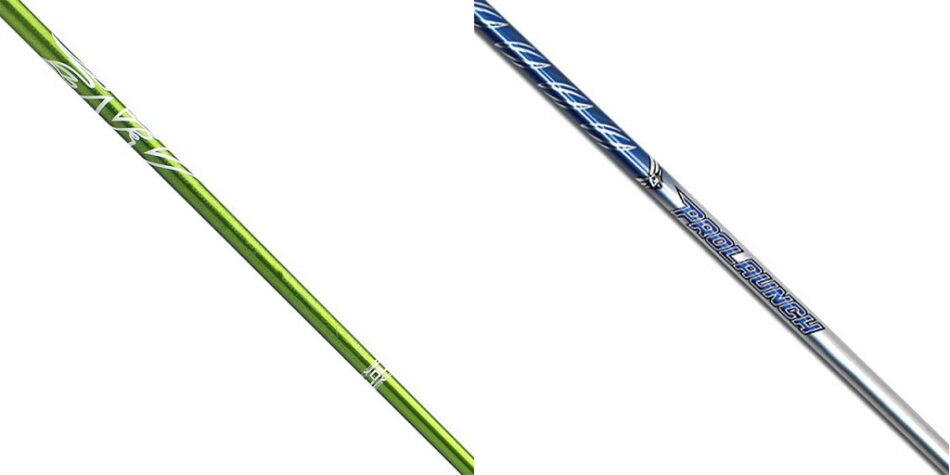Custom golf shafts can cost big bucks, but the uncomfortable truth is that most golfers don’t need them.
There is enough variety out there in modern golf shafts that a stock option – albeit cut to your length – can be as good or better than custom shafts ever would be, and a lot more affordable.
Granted, this is assuming you work with a fitter, but all the same, you need to know about your golf swing to get there.
The following two are the main two aspects of your golf shaft that will impact performance, and the following three shaft ratings are those that matter.
Swing Speed
Swing speed, more than anything else, is going to impact what shafts are suitable for you. Generally speaking, the faster your swing speed, the stiffer a shaft you will need.
On the flipside, the slower your swing speed, the more you’re likely to benefit from a more flexible shaft that is also more forgiving.
Swing Tempo
Swing tempo is not so much how fast you swing a golf club, but how you swing it fast (or slow). Swing tempo is basically how fluid or how “jerky” your swing is.
A more fluid swing can benefit a shaft that’s less forgiving, whereas a harsher, more staccato swing tempo may warrant a slightly more forgiving shaft.
Shaft Flex
Shaft flex is how stiff or how flexible a golf shaft is. As stated, players with stronger swing speeds will likely benefit from a stiffer shaft that produces low launch and spin for straighter, more penetrating drives.
A more flexible shaft will load, like a spring, and unload with energy, delivering more explosive smash power to a swing. This is a benefit to players with slightly slower swing speeds.
The caveat is that more flexible shafts generally produce higher launch and spin characteristics, which can exacerbate shot dispersion.
Shaft Stability
Players with stronger, faster swing speeds, especially those that have more aggressive swing tempos, will very much need a shaft that is very stable.
Stability is impacted by shaft construction techniques as well as materials. Some shafts, like the Fujikura Ventus line, are made with special materials and techniques like VeloCore Technology, which stabilizes the shaft and prevents ovaling, even under heavy loads.
Definitely something to be aware of if you’ve struggled with shaft fitting in the past.
Shaft Length
The thing about shaft length is that it’s an easy thing to take account of, but it’s also something that you can’t overlook.
There are some players who might not worry too much about shaft length and that is a mistake. Playing with a shaft that’s too long or too short is going to cause you to accommodate, which is going to result in errors in shot shape and dispersion.
Make sure you work with a fitter to get your measurements taken. Once you know what they are, you can apply that knowledge to all future purchases of golf shafts.
Working with a Golf Club Fitter
The first step to getting shafts that perform like custom golf shafts is to work with a club fitter. They’ll take your measurements and watch your swing to see how fast or slow it is, while also being able to offer notes on your tempo.
Armed with this information, you can make better informed decisions about what golf shafts to pursue with your current clubs, and in fact, a good fitter may even make personalized recommendations about what you should look into.
Working with a fitter is something you should do at least once in your golfing career.
For more information about Ping Golf Driver Shafts and Mitsubishi Vanquish Shaft Please visit: Dallas Golf Company Inc.








